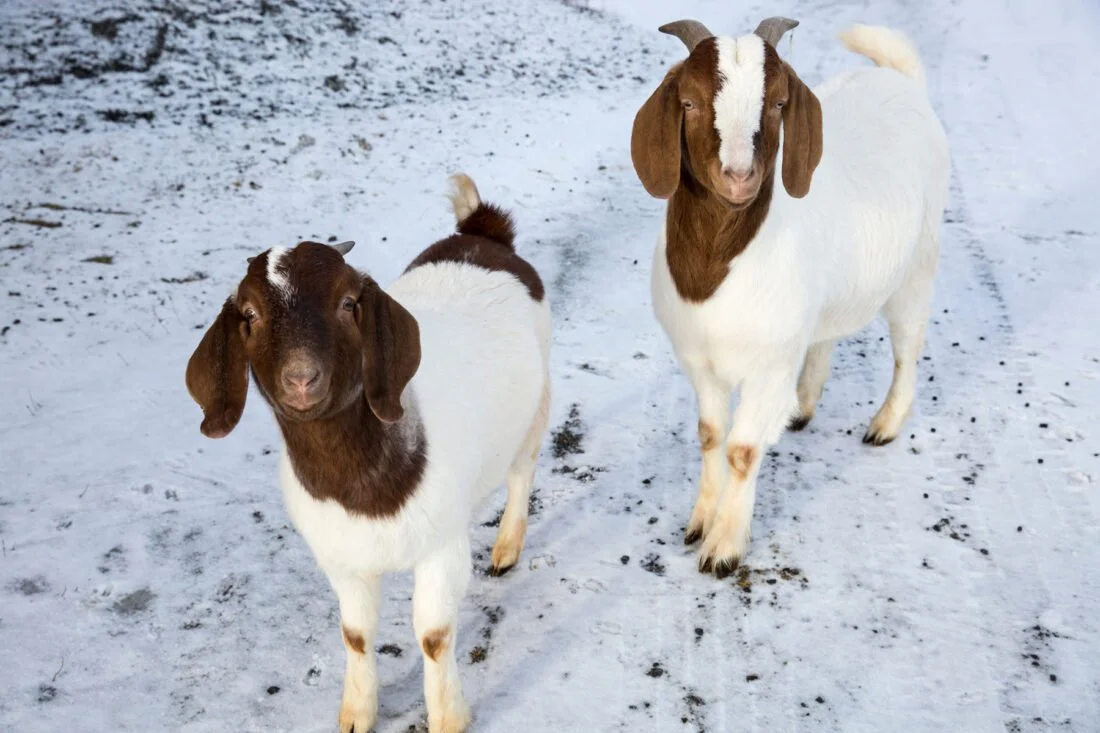Shelter from the elements
“The relationship between an animal and its environment is crucial to its welfare” - Code of Welfare sheep and beef cattle.
As livestock owners, we have an obligation to ensure that animals within our care have adequate shelter and protection from the elements. Generally, New Zealand’s temperate climate provides good conditions for our livestock (particularly sheep and cattle). However, extreme adverse weather events such as heavy rain, floods, snow and strong winds have implications for animal welfare. It’s important to remember that adverse weather events can have affect even the healthiest members of a flock, but a greater impact is often seen on the more vulnerable animals because of their age (e.g. newborns) or condition (e.g. newly shorn sheep and animals suffering from illness).
Animals have a range of responses to cope with different climatic conditions. The responses seen because of heat stress were covered in our summer article ‘Prepare for a hot dry summer’ which is available on our website. In cold conditions an animals’ body will respond by retaining or producing heat (e.g. reducing skin circulation, shivering, behavioral changes, and seeking shelter.
The minimum requirement standards regarding shelter (as outlined in the Code of Welfare) state that:
All livestock must have access to shelter to reduce the risk to their health and welfare caused by exposure to cold.
Livestock giving birth must be provided with an environment affording the newborn protection from any reasonably expected climatic conditions likely to compromise their welfare and survival.
Where animals develop health problems associated with exposure to adverse weather conditions, priority must be given to remedial action that will minimise the consequences of such exposure.
It’s important to note that the points above are minimum requirement standards, and therefore need to be implemented by all owners of livestock. The recommended Best Practice Guidelines for shelter have been summarised below; these are the guidelines we would recommend to all livestock owners.
Owners or persons in charge of livestock should:
Ensure that animals are fit and in good condition (and therefore less vulnerable to ill-health and disease), and address any animal health issues that do arise promptly.
Ensure that the physical environment provides the resources (food and water) and conditions (shelter) that allow the animal to be able to cope with adverse weather conditions. This is done by:
Ensuring the environment provides the animal with access to shelter afforded by vegetation (e.g. scrub, tussocks, trees, shelter belts, rushes), or artificial structures (e.g. covers, housing)
Ensuring that livestock are in good physical condition enabling them to withstand climatic stresses, and/or providing additional feed and water to enable them to do so
Providing adequate feed sources that can be readily accessed by stock. (Roughage results in additional heat production during rumination, thus relieving thermal stress in cold climates)
Livestock should have access to areas free from surface water, and excessive mud, at all times
Have a contingency plan in place to reduce the welfare impacts of heavy rainfall and flooding, unseasonal storms, and droughts, and a plan to enhance recovery from them.
More info:
Further information on preparing for emergencies and adverse wether events may be obtained by referring to the MPI website: www.mpi.govt.nz


